Are you on the hunt for the perfect pair of boots but can’t wrap your head around the term “boot sole length”? Fear not, my friend! The sole might seem like a small part of the shoe, but it plays a crucial role in ensuring comfort and safety. In this comprehensive guide, we’ll explore the importance of sole length, teach you how to measure it accurately and help you navigate the tricky world of sizing charts. So, lace up your boots and join me on a journey where every step counts, starting with the foundation of it all – boot sole length or BSL.
Table of Contents
ToggleWhat is Boot Sole Length?


How to Measure Boot Sole Length? Or How to Find BSL?
Using a Ruler or a Tape Measure:
- Put your boot on a level surface, like a table or the floor.
- Align the heel of your footwear with the surface’s edge.
- Measure the distance from the edge of the surface to the tip of your boot with a ruler or a tape measure. Make careful you measure your boot at the middle line, not the sides or curves.
- Make a note of the measurement in millimeters. This is the length of your boot sole.
Using a Boot Sole Length Chart:
- Find a boot sole length chart online or in a store. A boot sole length chart is a table that shows the boot sole length for different shoe sizes and boot models.
- Locate your shoe size and boot model on the chart. If you are not sure about your shoe size, you can measure your foot length and compare it to a shoe size chart.
- Find the corresponding boot sole length on the chart. This is your boot sole length.
What is the significance of BSL and Why it Matters?


How to Use Boot Sole Length?
Adjusting Your Ski Bindings
- Examine Ski Binding Specifications: Examine the binding specifications, taking note of the accommodated range, such as 260mm to 320mm
- Check and Adjust: Make sure your boot sole length is within the binding range. If it is within tolerances, proceed with the adjustment using tools such as a screwdriver or wrench.
- Follow Instructions: Follow binding instructions for length control, including screws, levers, and forward pressure, release settings, toe and heel components.
- Thorough Testing: Insert your boot and look for any gaps, movements, or sounds. A tight fit with no wobbling or clicking ensures excellent performance and a smooth entry and exit experience.
Selecting the Best Hiking Boots
- Examine the Specifications: Examine your hiking footwear specifications, specifically the boot sole length for each size and width, such as 280 mm for size 10 and medium width.
- Compare and choose: Match the length of your boot sole to the specifications. If everything is in order, try on your boots. Consider experimenting with alternative sizes or widths if they differ.
- Fit and Comfort: Try on your hiking boots to ensure a snug yet comfortable fit with no pinching, rubbing, or slippage. Examine the toe box for wiggle room, heel space to prevent blisters, and arch support, ankle support, and cushioning for a comfortable hiking experience.
Ensuring Comfort and Stability:
- Examine the Boots: Check that the boots are clean, dry, and free of cracks, holes, or tears. Confirm that there is enough tread, grip, and flexibility for steady traction on a variety of surfaces.
- Examine Socks: Check socks for cleanliness, dryness, and the lack of holes. To avoid blisters and discomfort, choose materials that are breathable, moisture-wicking, and cushioned.
- Check the insoles: Make sure the insoles are clean, dry, and free of wear. For comfort, stability, and foot alignment, prioritize supportive, shock-absorbing, and contouring materials.
- Examine Laces: Check the cleanliness and integrity of the laces. Check that they are the appropriate length for secure tying without dragging on the ground or catching on obstructions.
- Evaluate Overall Fit and Comfort: Look at how well the boots, socks, insoles, and laces work together. Look for optimal comfort, stability, and ventilation, ensuring your gear doesn’t cause pressure, pain, or numbness during your hike.
Understanding Sole Size Meaning:
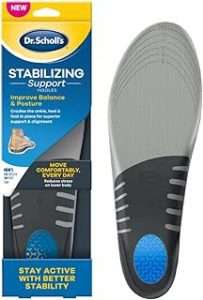

Sole Length Meaning Shoes:
Sole Length Shoer Size Chart:
Ski Boot Sole Length to Shoe Size:
Insole Length Meaning:
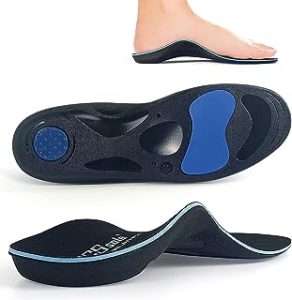

Boot Sole Length Chart:
The Ending: Choosing the Right Boot Sole Length
FAQ
Most frequent questions and answers
What is Mondo Size?
Mondo size is a standard measurement system for ski boots and other sporting equipment. This technique measures the length of the foot in cm. Moving from standard shoe sizes to Mondo sizing gives a more exact and universal way for ensuring a better fit for different foot shapes.
What is D or EE for Shoe Width?
The letters “D” and “EE” relate to the width of a shoe. The footwear industry categorizes widths to meet different foot shapes. The letter “D” denotes a regular or medium width, but the letter “EE” denotes a wider fit. These classifications, which are frequently found on shoe labels, assist customers in selecting a shoe that not only fits their length but also looks well on them.
Where Do You Find the Sole Length?
When shopping online, sole length information is typically available on the product details page. For in-store purchases, consult the sizing chart provided by the brand or ask a knowledgeable sales representative for help.
What is Sole Length Meaning?
The sole length of a shoe is the measurement from the tip of the toe to the back of the heel. It defines the size of the sole, playing a crucial role in determining the overall fit and comfort of the footwear. Understanding the sole length meaning is essential when interpreting size charts, ensuring that the chosen shoes provide proper support, balance, and weight distribution for the wearer.
What is the importance of measuring insole length?
Measuring insole length is critical for guaranteeing your shoes’ comfort and good fit. It aids in determining the space within the shoe, ensuring that your foot is properly supported and preventing discomfort or injury.
how to Find boot sole length?
Determining the sole length of your boots is straightforward. Place the boot on a flat surface and use a tape measure to measure from the tip of the toe to the rear of the heel. This procedure assures precise sizing for a snug fit.
Why is Mondo size used in ski boots?
Mondo size is employed in ski boots for its precision. Using centimeters to measure foot length allows for a universal sizing standard, reducing confusion and ensuring skiers find boots that match the specific dimensions of their feet for optimal performance and comfort.
How can I use a boot sole length chart effectively?
Using a boot sole length chart is simple. To determine the relationship between sole length and shoe size, consult the manufacturer’s given chart. This tool simplifies the size procedure, allowing you to select the best fit without the need for trial and error.
Why is understanding sole length important when buying shoes?
Understanding sole length is critical when purchasing shoes because it has a direct impact on overall fit and comfort. Shoes that are properly sized and with the appropriate sole length give essential support, balance, and weight distribution, reducing discomfort and ensuring a pleasurable wearing experience.
Where can I find information about the sole length of a specific shoe online?
You can find information about the sole length of a specific shoe online on the product details page. Most reputable online retailers provide detailed specifications, including sole length, to assist customers in making informed decisions about their footwear purchases.
How does the sole length impact performance in ski boots?
The sole length in ski boots directly impacts performance. A well-fitted ski boot, with the correct sole length, ensures optimal control and responsiveness on the slopes. Skiers can maneuver confidently, enhancing their overall skiing experience and reducing the risk of injury.
As an Amazon Associate and Adidas associate, I get money from qualifying purchases and may make money from links on this website.

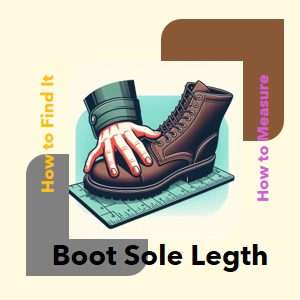

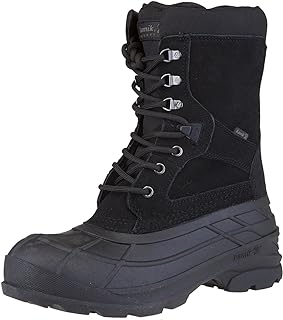

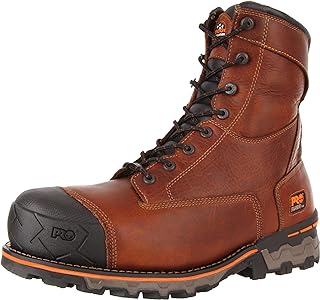
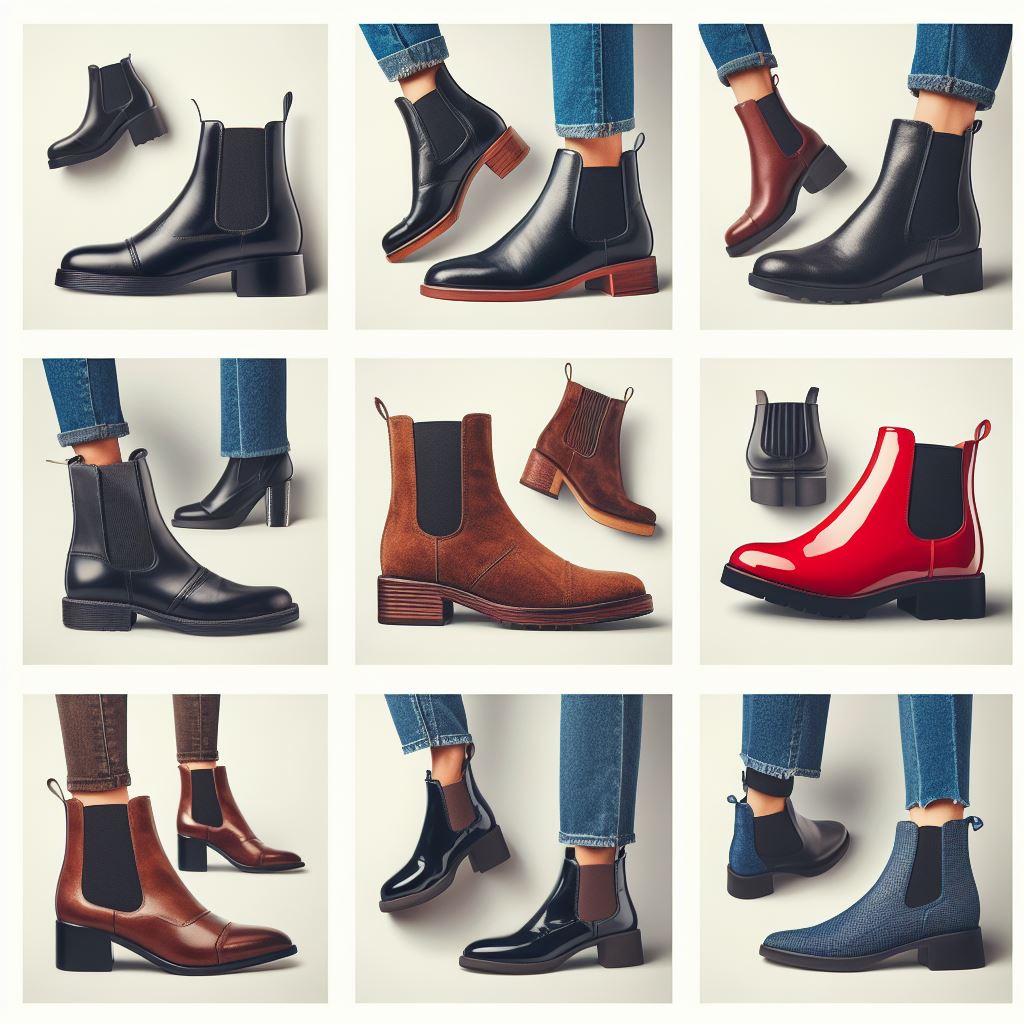

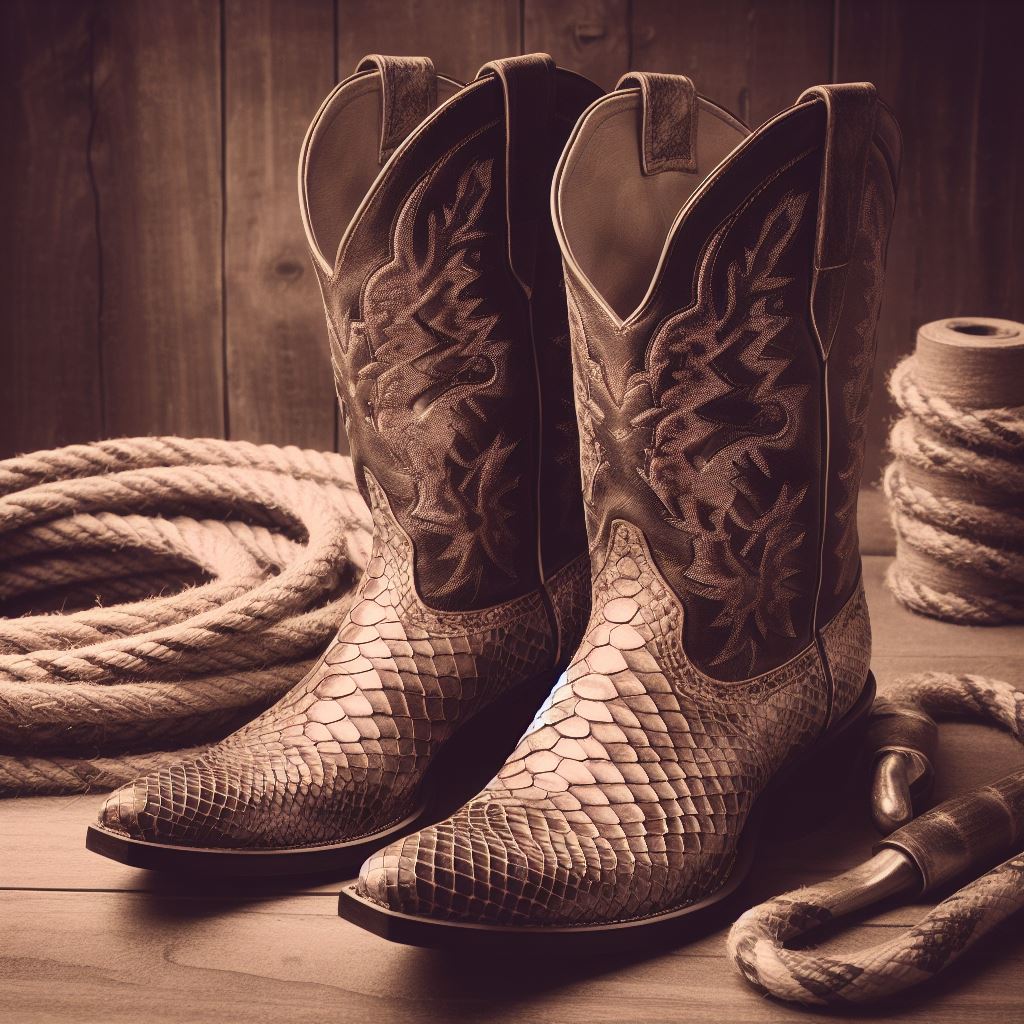
Pingback: A Step Ahead: How to choose the best wading Boots
very informative post
Pingback: Best Boots for Bunions: Finding Comfort and Style
Pingback: Navigating the Best Asphalt Boots: From Red Wing to Wolverine
Pingback: Best Boots for Concrete: A Buyer’s Guide
Pingback: How to Measure the Boot Shaft Length Like a Pro
Pingback: Best Ski Boots for Wide Calves: How to Find the Perfect Fit
Pingback: Best Hiking Boots for Flat Feet: How to Choose the Right Pair
Wow, superb weblog format! How lengthy have you been running a
blog for? you make blogging glance easy. The full glance of your website is great,
let alone the content! You can see similar:
najlepszy sklep and here e-commerce